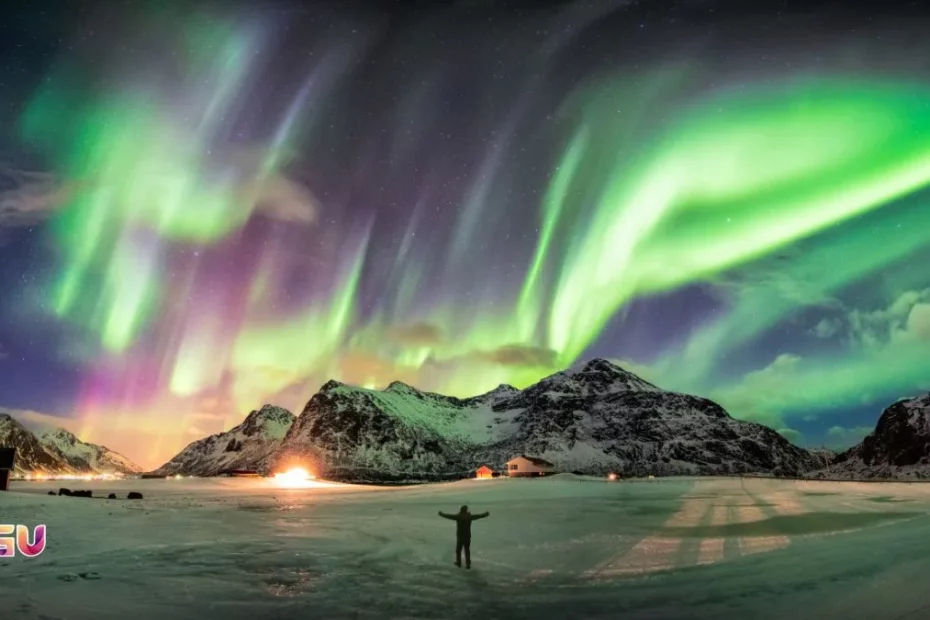Northern Lights Sunday: A rare and dazzling celestial display may light up the skies across parts of the northern U.S. tonight, as the Aurora Borealis, or northern lights, becomes visible far beyond its usual range. According to the NOAA Space Weather Prediction Center, minor geomagnetic storms triggered by high-speed solar winds are forecast for Sunday and Monday nights, increasing the chances of a vivid aurora across 10 U.S. states.
With the Kp index expected to reach 4 to 5 on a 9-point scale, the aurora could extend as far south as Iowa, Wyoming, and northern New York, with enhanced visibility in northern Minnesota, Wisconsin, Michigan, and Maine. The best time to catch the display is between 10 p.m. and 2 a.m. local time, especially from high ground far away from city lights.
How to View and Photograph the Northern Lights
To optimize your chances of seeing the aurora, NOAA recommends heading to dark, rural locations with a clear view toward the north. For photography, use a tripod, night mode, and turn off the flash. Cameras with manual settings should use a long exposure and focus set to infinity.
This increased activity is tied to the sun’s ongoing solar maximum, a period of heightened solar flares and coronal mass ejections. These solar events send charged particles toward Earth, exciting atoms in the upper atmosphere and producing the colorful, dancing lights known as auroras.
States with Viewing Potential Tonight:
- Northern Minnesota
- Northern Wisconsin
- Upper Michigan
- Northern Maine
- Montana
- North Dakota
- South Dakota (north)
- Northern Idaho
- Northeastern Washington
- Parts of New York, Vermont, and New Hampshire
Keep an eye on the NOAA aurora forecast map for real-time visibility updates — and don’t forget to look up tonight!
